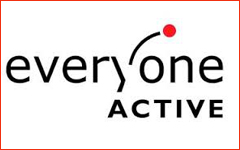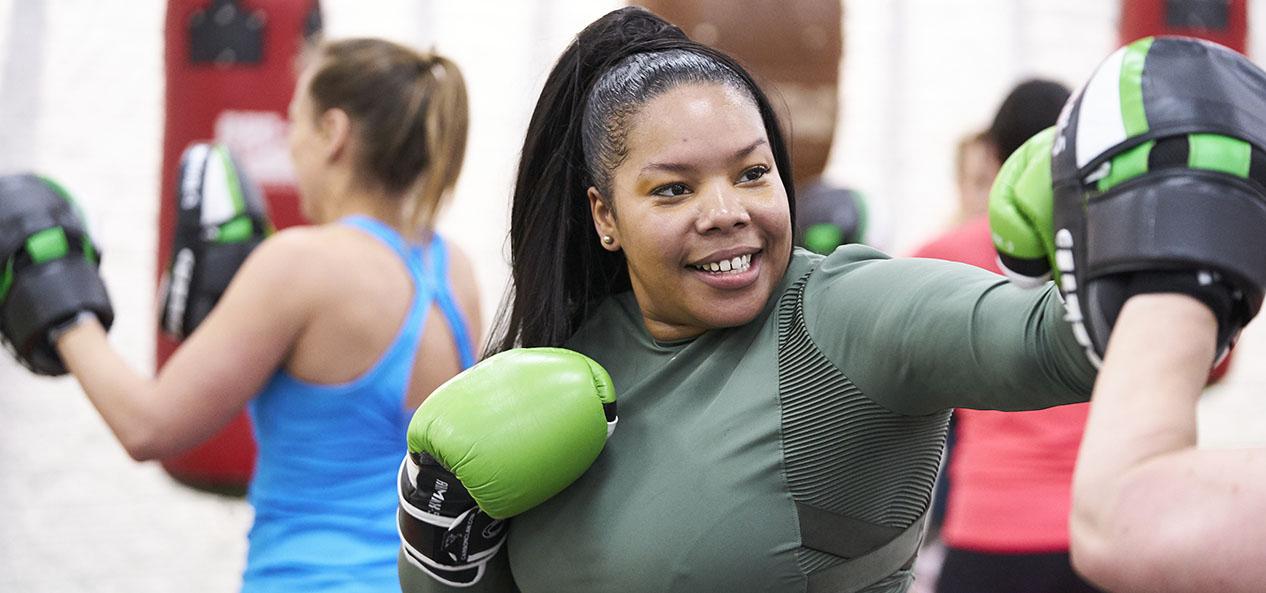see all jobs
Physical activity levels slow to recover – pandemic creates 1.3m inactive adults
Physical activity levels are recovering slowly following the large drops in participation numbers caused by the COVID-19 pandemic restrictions.
Data from Sport England's Active Lives Adult Survey, less than two thirds (61.4 per cent) of the population were deemed physically active (undertaking more than 150 minutes of exercise each week) during the period between November 2020 and November 2021.
The figure is below the pre-pandemic activity levels, when 63.3 per cent of adults were deemed physically active (between November 2018 and November 2019, the last 12-month period before the pandemic hit).
Even more worryingly, the pandemic has seemingly created more than one million inactive adults.
The percentage of the population who average less than 30 minutes of exercise per week now stands at 27.2 per cent – up from 24.6 per cent in November 2019, an increase of 1.3m people.
The Active Lives data also shows that stark inequalities remain when it comes to participating in physical activity.
Women, those from ethnically diverse communities, those living in more deprived areas, disabled people and people with long-term health conditions are still less likely to be active than others, and the pandemic has exacerbated the inequalities for the least affluent, Asian people, disabled people and people with long-term health conditions in particular.
Of those activities showing growth before the pandemic, only walking for leisure (up by 2.4m people, to 24m) has continued to see numbers rise.
Fitness activities have suffered one of the biggest hits in participation numbers, with data showing that 1.3 million less people took part between November 2020 and November 2021.
Other "big losers" are running (a decrease of 863,000 in the number of people running regularly), cycling (a decrease of 784,000 people) and swimming (a decrease of 354,000 people).
Team sports participation numbers, meanwhile, bounced back close to pre-pandemic levels, following large drops during restrictions.
Football (+2 per cent across mid-July - mid-September 2021) cricket (+0.3 per cent) and basketball (+0.3 per cent) are among those to have seen people returning to activities.
Tim Hollingsworth, chief executive, Sport England, said: “The data tells us that this initial recovery is not universal – which is not a surprise.
"That is exactly why our Uniting the Movement strategy focuses resources and funding disproportionally towards the people and places that need the most support to be active.”
To download and read the full Active Lives report, click here.
More News
- News by sector (all)
- All news
- Fitness
- Personal trainer
- Sport
- Spa
- Swimming
- Hospitality
- Entertainment & Gaming
- Commercial Leisure
- Property
- Architecture
- Design
- Tourism
- Travel
- Attractions
- Theme & Water Parks
- Arts & Culture
- Heritage & Museums
- Parks & Countryside
- Sales & Marketing
- Public Sector
- Training
- People
- Executive
- Apprenticeships
- Suppliers
















































